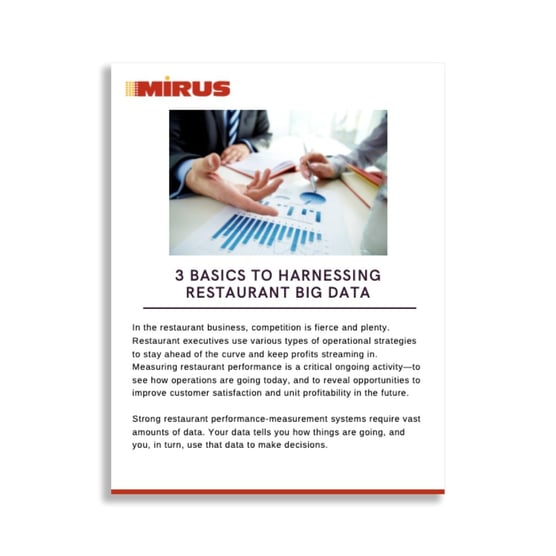
There are several costs that can drain profits but not many are as significant to bottom line or as difficult to control as labor. When costs begin to climb, anxiety levels rise and often lead to knee jerk reactions that might include reducing employee pay, and cutting the amount of workers or hours worked.While any of these may produce cost reductions, none are the right path to solving labor cost issues and may have a negative impact on the quality of service.
Another thought to consider is the changes that come with the Affordable Care Act, mandatory pay increases and proposed changes to the overtime rules to name a few. You can start to see why most restaurant operators list labor costs among their top concerns, it's no wonder many lose sleep over it.
Understanding Labor Cost
Labor and its costs are determined first by the minimum wage limits used to establish base pay, second by the number of guests (supply and demand) that frequent your restaurant and lastly by the availability of the actual labor itself.
Labor costs can be improved with knowledge of required resource allocation to demand, over-time prevention and continuous improvements in productivity – employee, or physical components of the business, e.g., labor saving equipment, optimized floor plans, etc.
It’s not my intent to go into these issues in depth but I want to discuss a few thoughts. I hope together we can explore how labor costs originate and how to control them.
Labor as a Percent of Sales
Using labor as a percent of sales to measure productivity seems quite logical. What could be more telling than computing how much you’re selling compared to your payroll costs? In most companies labor costs are typically understood as a percentage of sales and while the actual number varies by company, many restaurant companies tend to try and run a labor percentage at or below 20 percent.
While there’s some use for this traditional metric (50,000 foot view), trying to determine the productivity of a restaurant's staff solely on the basis of labor as a percent of sales is not effective for measuring productivity and efficiency at the level needed for effective change.
First, metrics such as labor as a percent of sales lack the detail needed to identify areas of opportunity for improvement. For example, your company policy states that labor as a percent of sales should be 20 percent or less but this week’s report shows that several locations are now running at 22 to 26 percent. What action do you take? More importantly, how do you know which action will work best?
This number was most likely computed from a composite of all employees and contrasted against their total pay for a given period, perhaps a week or more if it’s not run until the end of the pay period.
Why Labor as a Percent of Sale is Problematic:
- The figures (22 to 26 percent) do not reflect the different job categories, e.g., servers, cooks, bussers, etc., making it impossible to determine which categories may be contributing to the issue
- It lacks any detail regarding punch in / punch out, day-part / meal period, day of week or hour of the day where the greatest variances may be occurring
- These issues are further compounded if the report is run at the end of the period; while somewhat helpful for future planning, the opportunity to have taken corrective action in the moment has long passed as little can be done to change history
- Labor as a percent of sales is easily distorted by fluctuations in business. When sales increase, labor appears to shrink, with the opposite occurring when sales decline
- Menu price increases, promotional activity, menu mix fluctuations and scheduling high paid staff members to the same shift can also have an effect on the labor as a percent of sales metric
Summary
I'm not saying that using restaurant labor as a percentage of sales is not necessary, I'm saying that using it alone to make key decisions is foolish. It’s very difficult to be successful when operating with less than ideal information. It’s safe to say, the timely collection of relevant, detailed and accurate information is critical to understanding labor costs. More importantly, it's important to understand where modifications need to be applied to maximize profitability without sacrificing execution and ultimately customer satisfaction.
In the next post we'll discuss "How to Control Cost Using Effective Restaurant Labor Allocation".
Thoughts?
How do you measure and manage labor costs?
Grab this guide on Harnessing Restaurant Big Data to learn more about getting the most out of your restaurant data.
About Mirus:
Mirus Restaurant Solutions is a multi-unit restaurant reporting software used by operations, finance, IT, and marketing.
For more information, please visit www.mirus.com
If you enjoyed this blog, please share this post by using the social buttons at the top of the page and make sure to leave your thoughts in the comment section below!









.png?width=50&height=50&name=Mirus%20Logo%20(1).png)